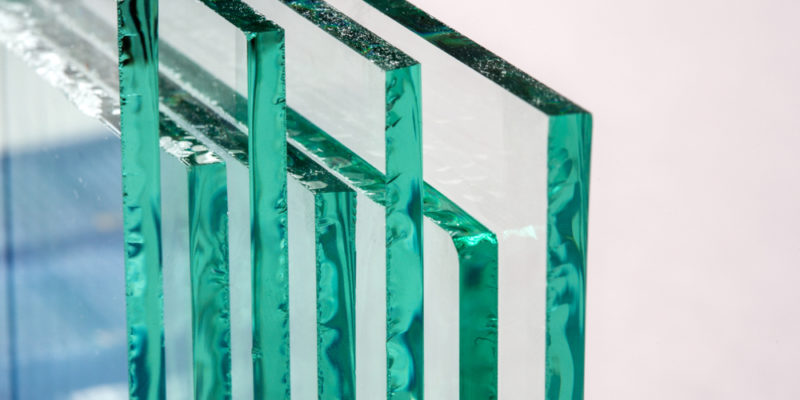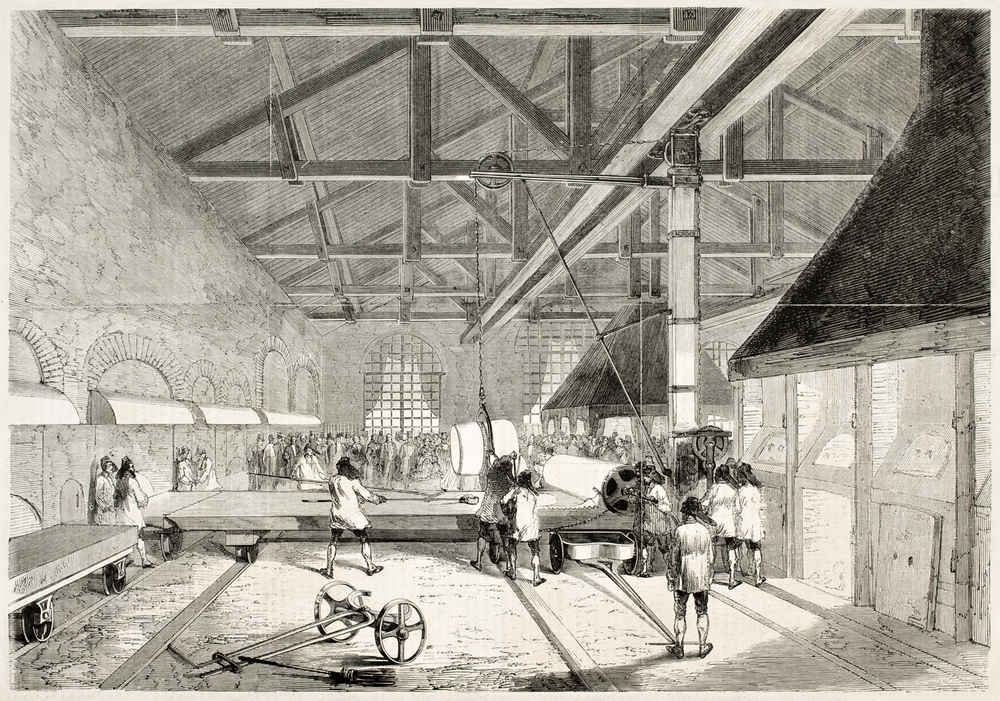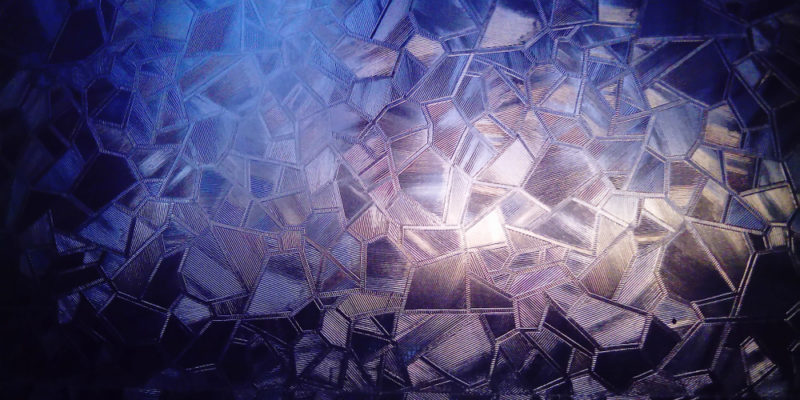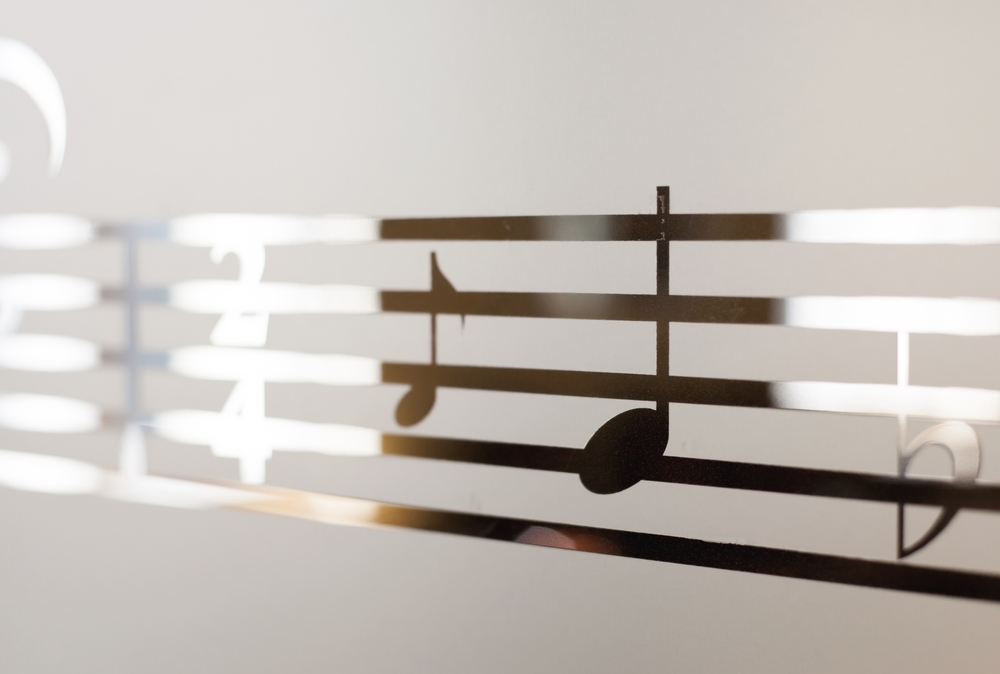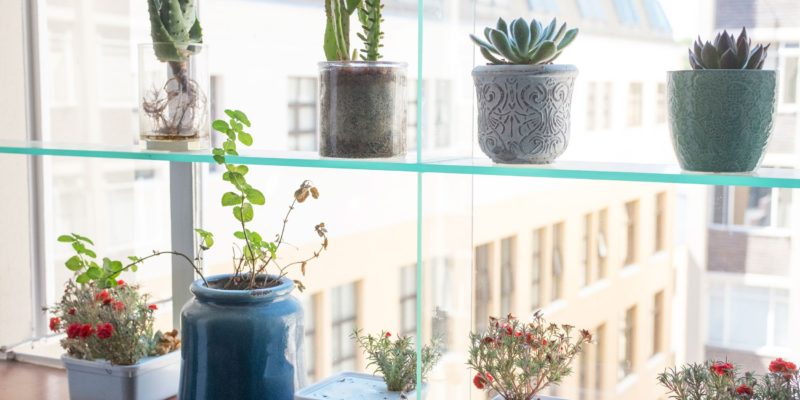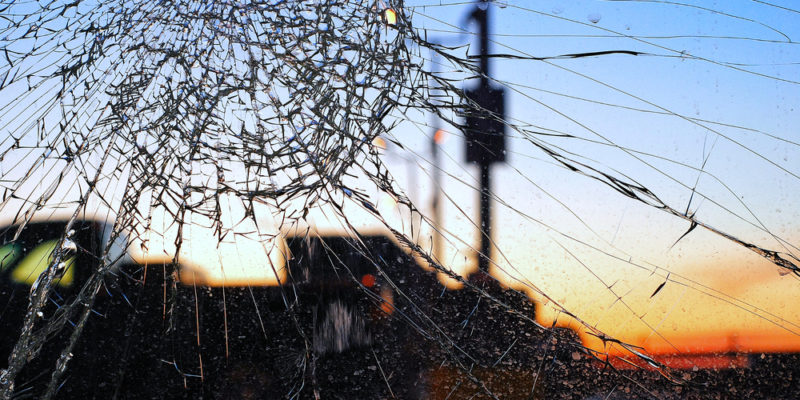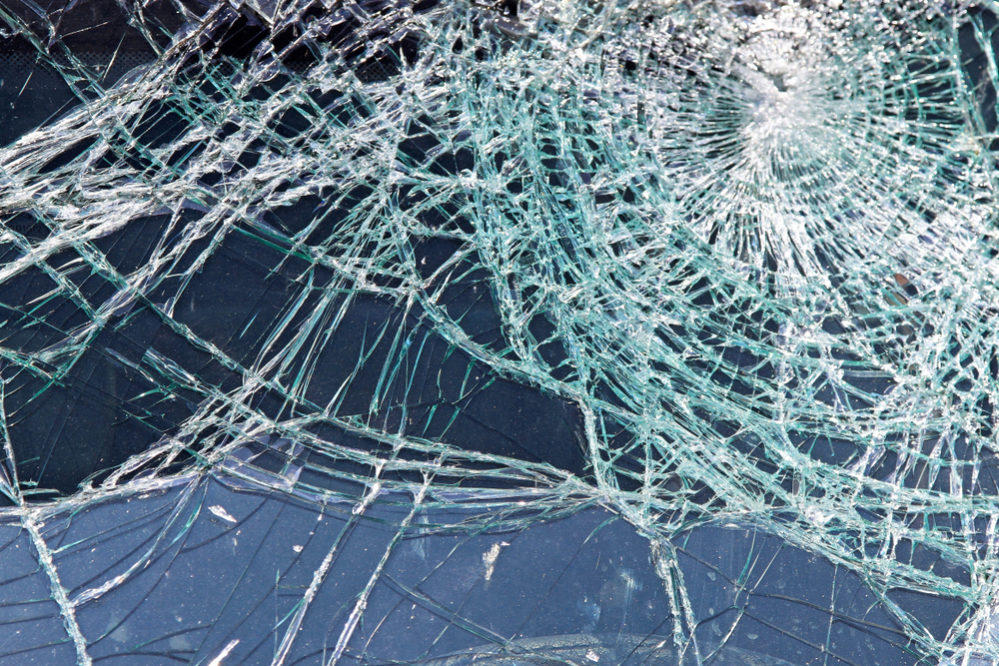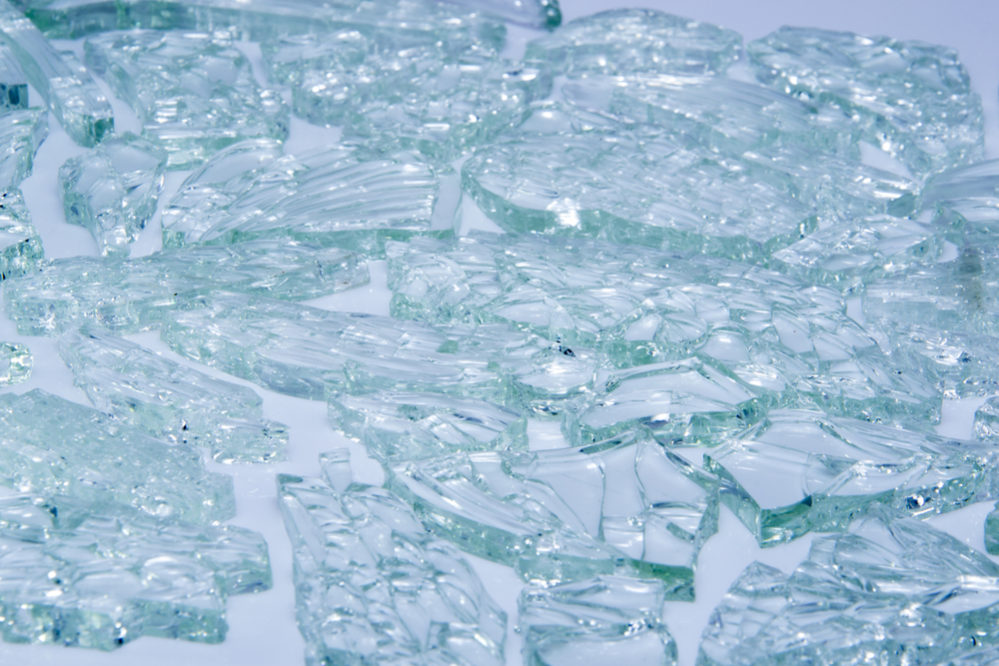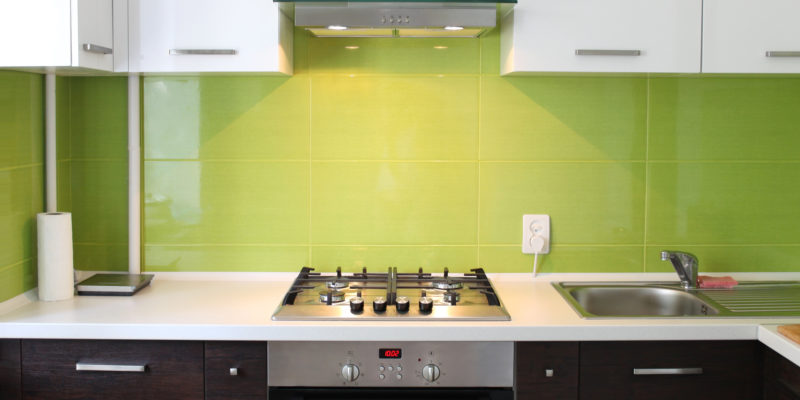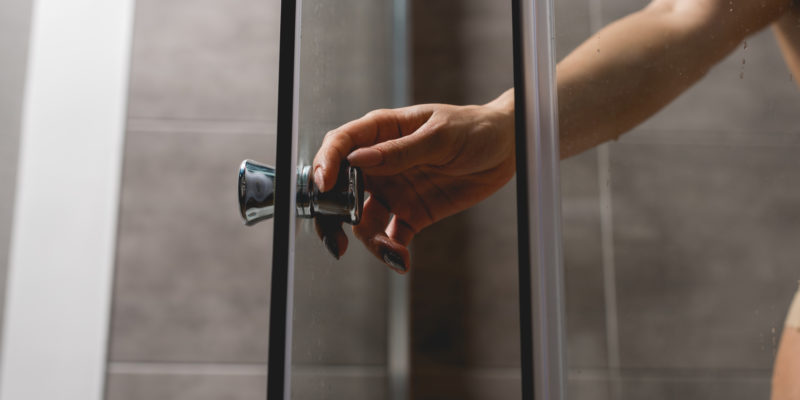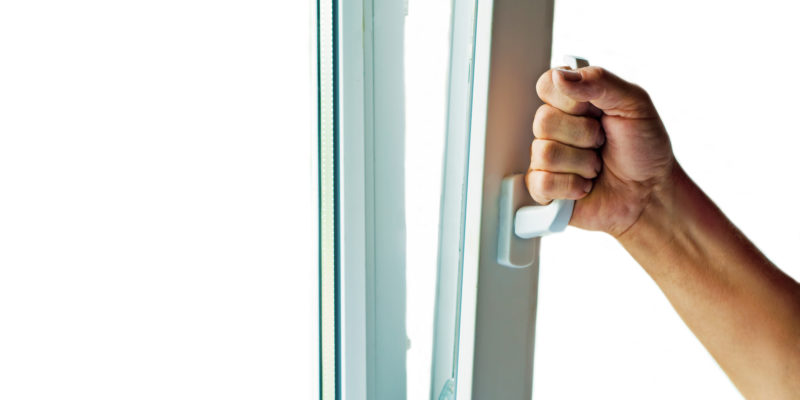Frosted glazing is one of the most popular types of glass for bathroom windows and external doors. You will have seen it already in your bathroom, or a friend’s bathroom, and notice just how much privacy it can provide.
Decorative etchings can be styled into frosted glass to add a contemporary feel to your home. With frosted glazing, there is no need to compromise on appearance for privacy and security.
The technique of sandblasting is used on clear glass to achieve a frosted appearance. By blasting sand with a high-pressured air machine, the surface of the glass is etched with decorative frosting to achieve an obscure look.
Can you see through Frosted Glass?
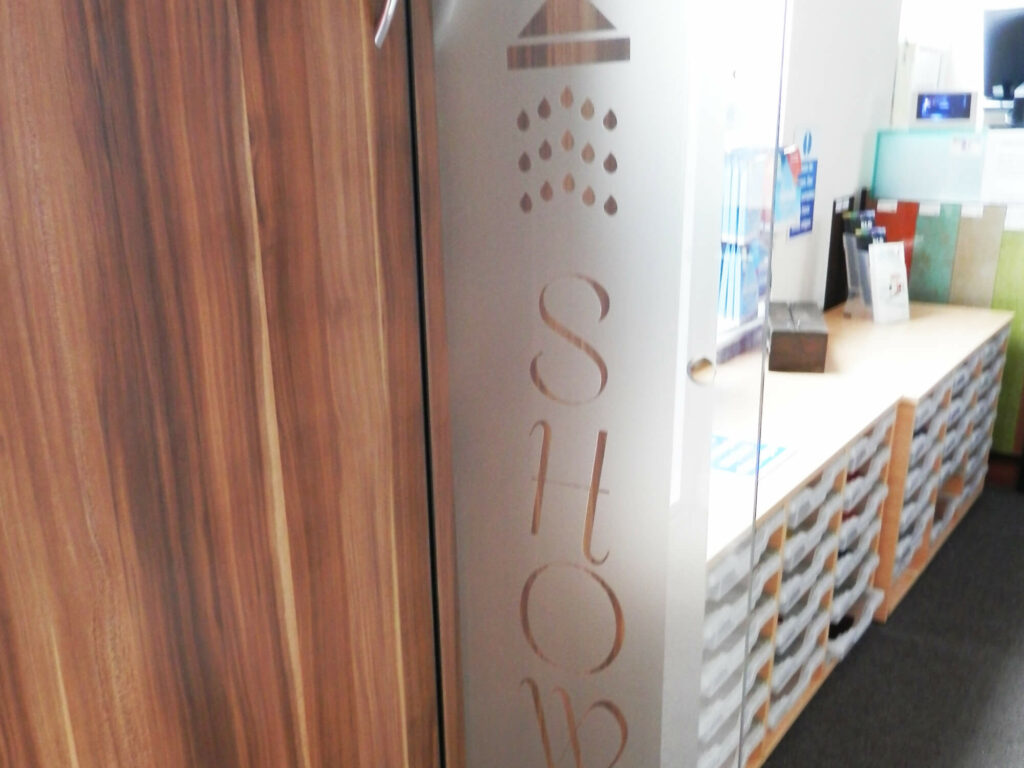
You can’t see through frosted glass in the same way you can see through clear glass. It is designed to obscure the view. However, it won’t completely block your view either. Don’t assume that frosted glass is completely private. Different finishes will have different levels of obscurity, and other factors like light levels will also affect visibility.
For example, if you’re indoors at night time with the lights on, your outline will be more visible through frosted glass than it will in the daytime when light levels indoors and outdoors are more balanced.
Why use Frosted Glass?
Frosted glazing is used for its many benefits. Even though it can obscure the view into your home, it still retains many light-inducing properties.
Frosted glazing is made specifically to allow natural light to flow seamlessly into your home, whilst still retaining its privacy properties. The view is still obscured from both sides, as it is intended to scatter light in and out of the window.
When looking to replace your home’s glazing, it is important to consider the benefits of the types of glass available. Whether you’re looking for an alternative to your interior or exterior glazing, this type of obscure glass can be used for a variety of reasons.
Increased Privacy
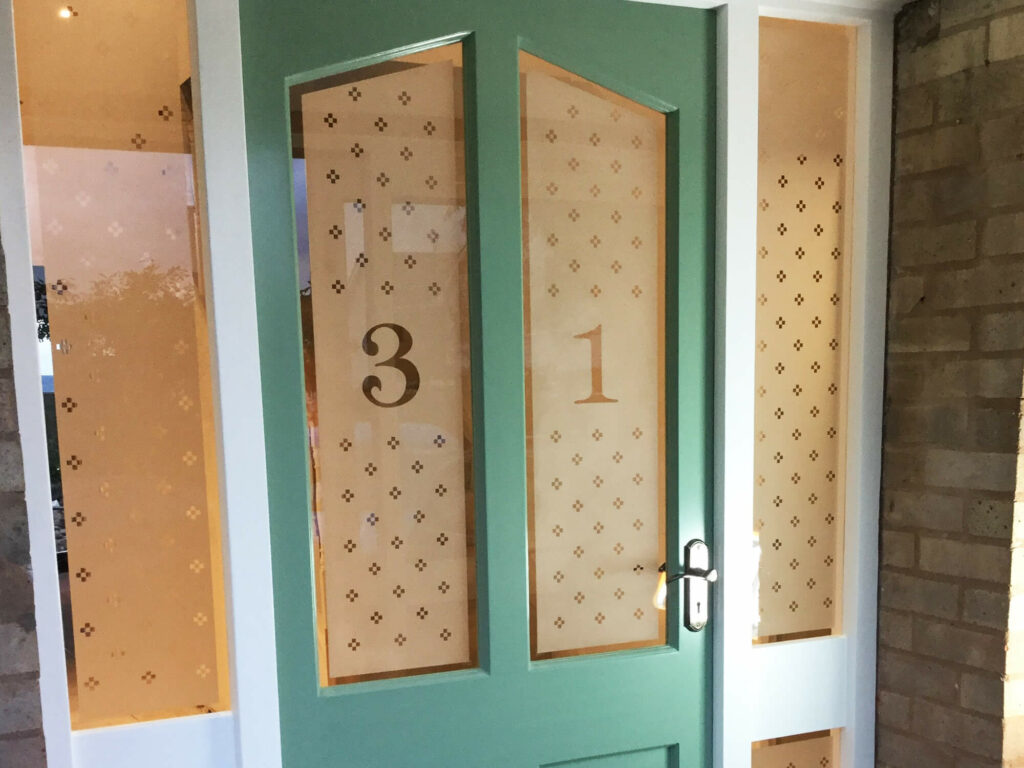 First and foremost, frosted glass is a popular solution for people looking to increase the privacy of their homes. Their use on the exterior of a property can prevent onlookers from peering in whilst still letting in maximum amounts of light. This is especially effective on front doors. Having the entrance space of your home illuminated with natural light can bring about a plethora of health benefits, as well as increasing the perceived space of your living areas.
First and foremost, frosted glass is a popular solution for people looking to increase the privacy of their homes. Their use on the exterior of a property can prevent onlookers from peering in whilst still letting in maximum amounts of light. This is especially effective on front doors. Having the entrance space of your home illuminated with natural light can bring about a plethora of health benefits, as well as increasing the perceived space of your living areas.
Due to its varying degrees of privacy, frosted glass is most popular in bathrooms. Exterior windows can be heavily frosted to completely diminish the view inside. Shower glass can also be frosted, adding to an additional level of privacy from within your bathroom.
Added Protection
Certain types of obscure glass windows and doors can also increase your home’s security. Polymer-based surface protection can be added to the sandblasting process to increase the durability of your obscure glass. Tempered glass, a more safe and sturdy style of glazing, can also be frosted to your needs.
Some people opt for a privacy window film, a cheaper alternative to frosted glazing. These are stick-on pieces of vinyl that give a frosted appearance to your bathroom windows and exterior doors. While these retain the same style of frosted glazing, privacy window film does not add any of the additional security benefits to your windows or doors. Whilst they may add a degree of privacy, their ability to allow natural light into the home is also not as effective as frosted glazing.
Can Frosted Glass be Repaired?
Frosted glazing is as prone to damage as any other type of glass window, though the efforts made to repair them are a little less straightforward. Due to their decorative patterns and designs, many different tools and materials are required for repair.
How to fix cracked frosted glass
If you find your frosted glazing has cracked, then do not worry.
- Clean the surface with washing-up liquid and a damp cloth.
- Mix up a two-part epoxy resin.
- Apply the epoxy to the crack in the glass using a putty knife.
- Remove the excess epoxy with a sharp implement to create a smooth surface.
- Allow to cure, and then polish with a glass cleaner.
If the crack in your glass is large and at risk of damaging further, do not hesitate to call on a professional to fix your glazing.
How to fix scratched frosted glass
Though not a smooth surface, frosted glazing can still be subject to scratching, affecting your home’s appearance. Thankfully there are ways to fix this. However, be wary that if your frosting is particularly intricate, replicating its original design may be difficult.
Frosted glass spray paint can be purchased to replicate and repair the affected areas. First, tape off the area to be sprayed, so that the unscratched areas are covered. Then apply a thin cover of spray and allow it to dry.
Etching or frosting cannot be removed from a glass surface, so if you want to opt for clear glass instead, you will need to replace the glass panel.
Should I Choose Frosted Glass?
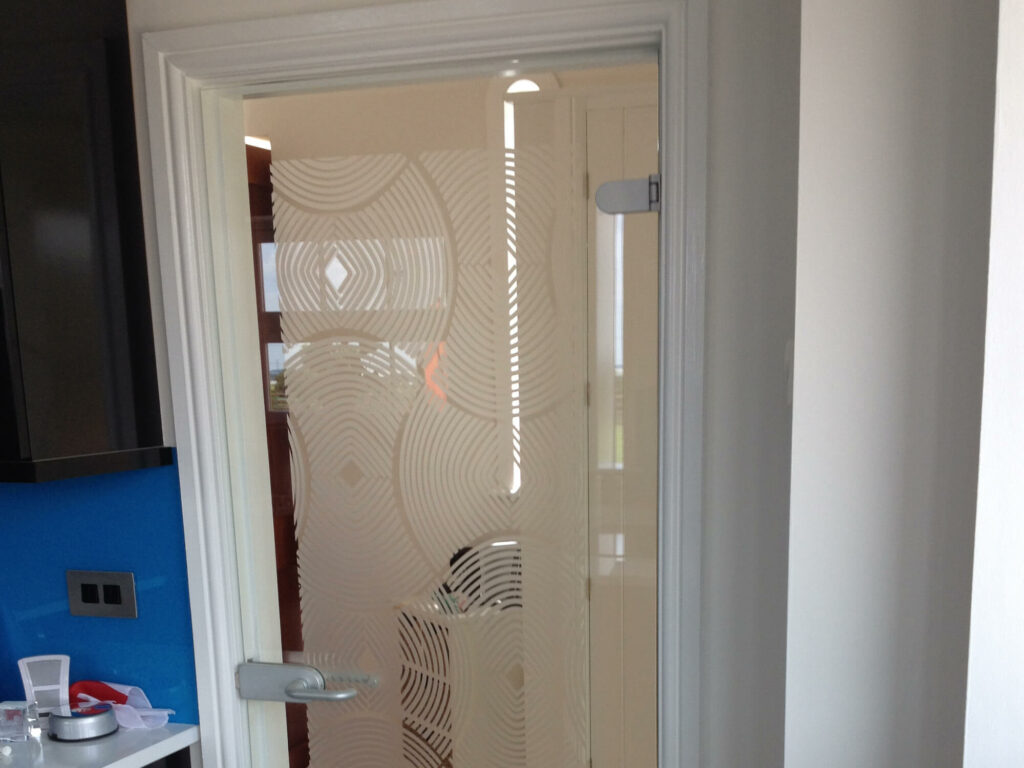 Frosted glass is beautiful and striking. In the right circumstances, it can make a statement or transform a room. Whether it’s the right choice for you all depends on whether the benefits suit your application. When you’re looking for light flow with increased privacy, you can’t go wrong with frosted glass.
Frosted glass is beautiful and striking. In the right circumstances, it can make a statement or transform a room. Whether it’s the right choice for you all depends on whether the benefits suit your application. When you’re looking for light flow with increased privacy, you can’t go wrong with frosted glass.

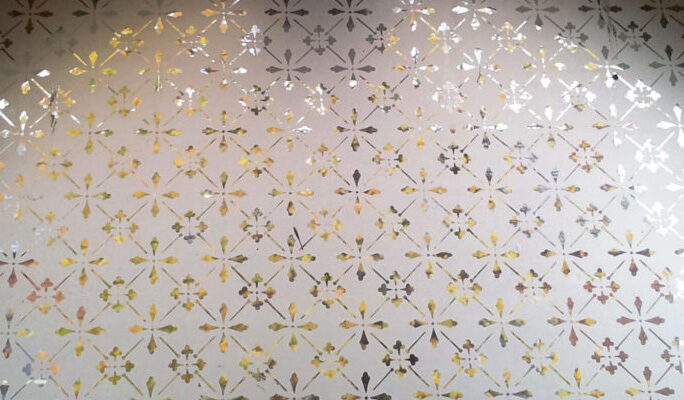
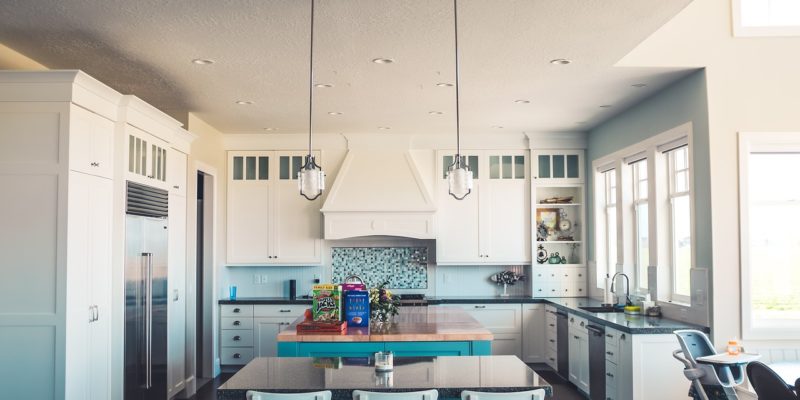
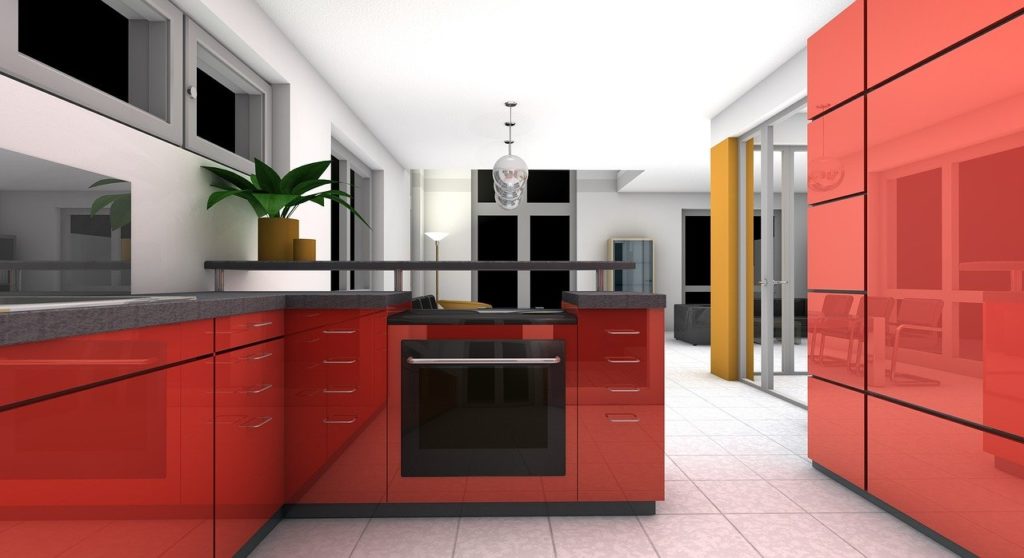 Glass splashbacks are an increasingly popular choice when it comes to protecting your kitchen walls. The glass used is strong, durable and heat resistant, making it perfect for any busy kitchen. The
Glass splashbacks are an increasingly popular choice when it comes to protecting your kitchen walls. The glass used is strong, durable and heat resistant, making it perfect for any busy kitchen. The 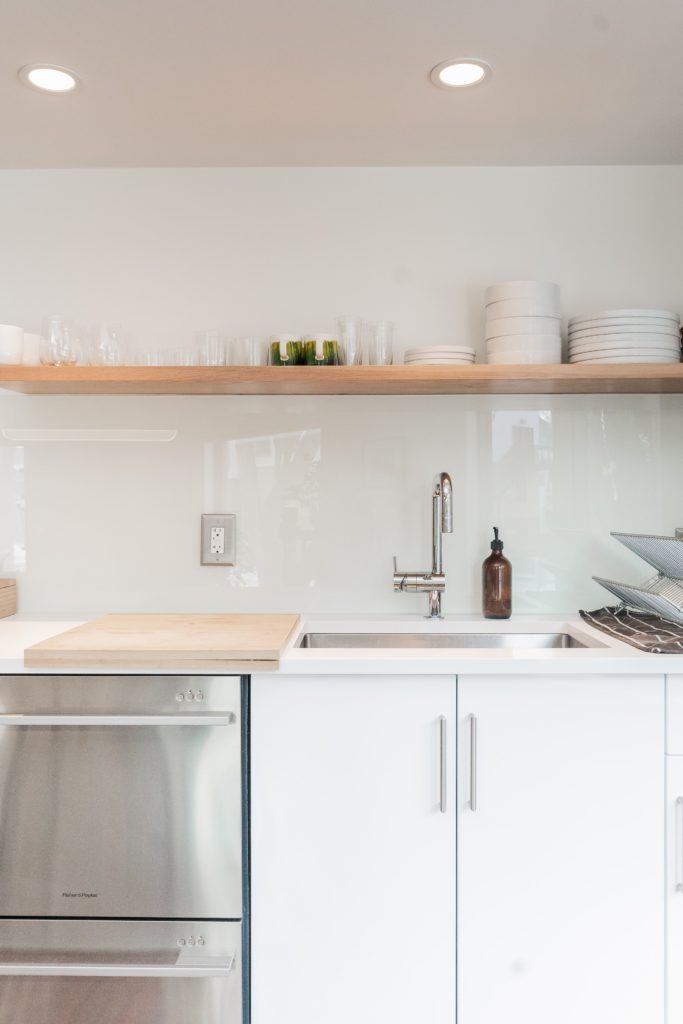 There are many advantages to choosing a
There are many advantages to choosing a 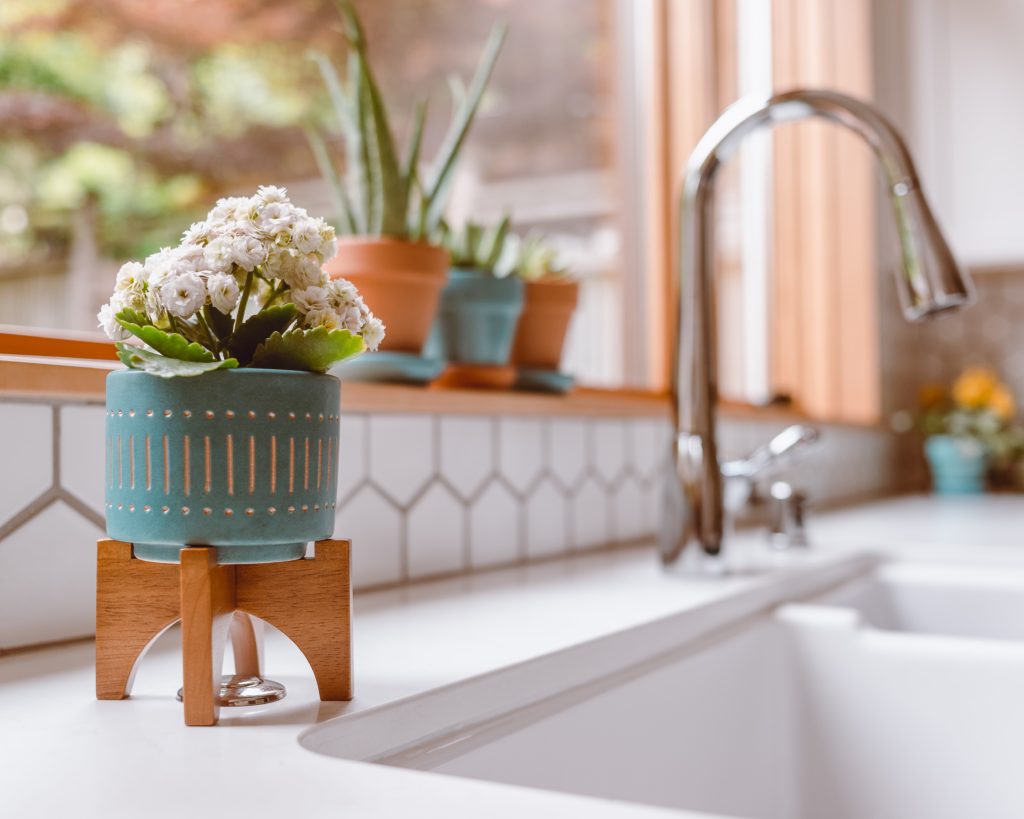 Kitchen tiles are a classic choice when it comes to protecting your walls. Kitchen tiles have been used for decades and their neat look and versatility help them remain popular. You can opt to have tile splashbacks just behind the hob and sink where most splashes will occur, or tile the wall section above your work surface all the way along your kitchen. As with any material, the more tiling you want and the fancier the tiles, the greater the cost. However, your standard tiles do tend to be cheaper than glass splashbacks.
Kitchen tiles are a classic choice when it comes to protecting your walls. Kitchen tiles have been used for decades and their neat look and versatility help them remain popular. You can opt to have tile splashbacks just behind the hob and sink where most splashes will occur, or tile the wall section above your work surface all the way along your kitchen. As with any material, the more tiling you want and the fancier the tiles, the greater the cost. However, your standard tiles do tend to be cheaper than glass splashbacks. 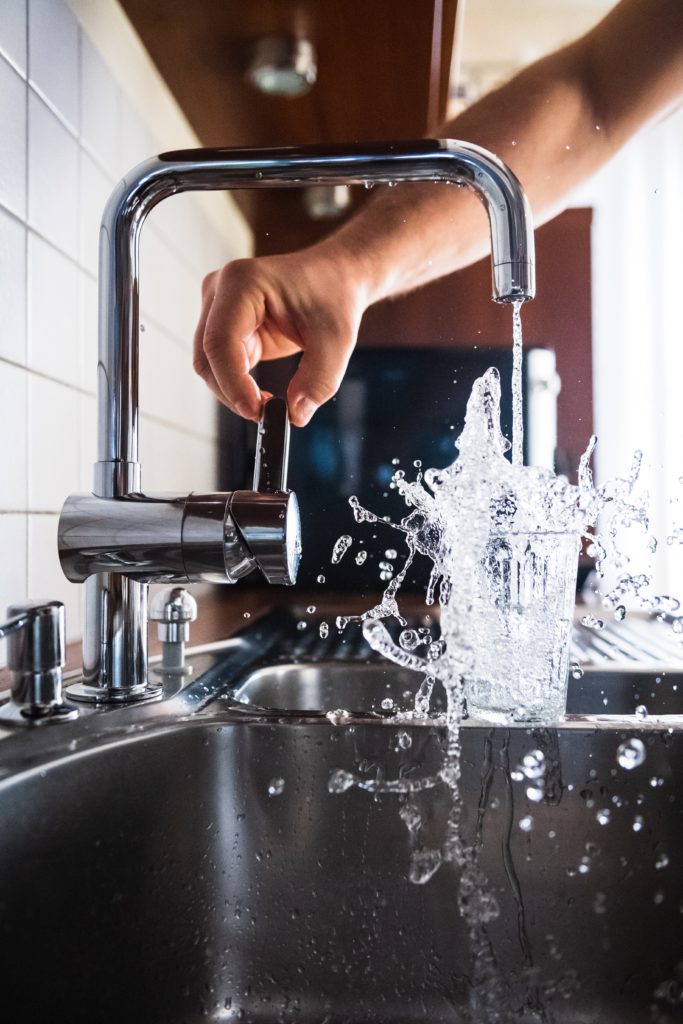 Kitchen tiling and splashbacks have their own set of advantages. Some of the main benefits of kitchen tiles are:
Kitchen tiling and splashbacks have their own set of advantages. Some of the main benefits of kitchen tiles are:
